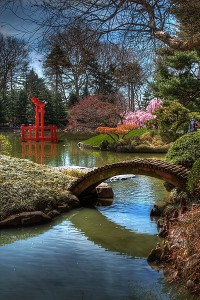Many of you have successfully shared your speeches by uploading them to Youtube and embedding them or linking them to our site. The next step would be to add your link to the Google Map we created. I sent each of you an invitation to become a collaborator on the map–that should give you a different view of the map, I hope. You should see an EDIT button on it, and clicking that will allow you to put in a place pin for your location, and to edit the content included on the balloon that pops up whenever anyone hovers over your location. Be sure to name the location and include your speech URL. Once you finish Essay 5, you can also include a link to that blog post as well.
View Telling Brooklyn Stories 2012 in a larger map
If anyone has questions, please ask them here. Will those of you who successfully uploaded and shared your speeches please answer questions for your classmates who were not yet successful in doing so?





